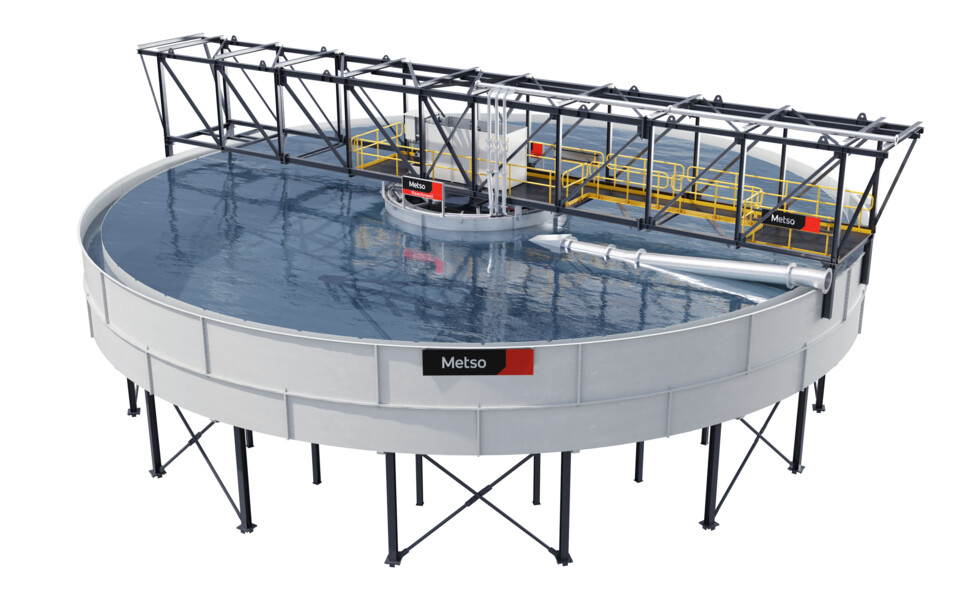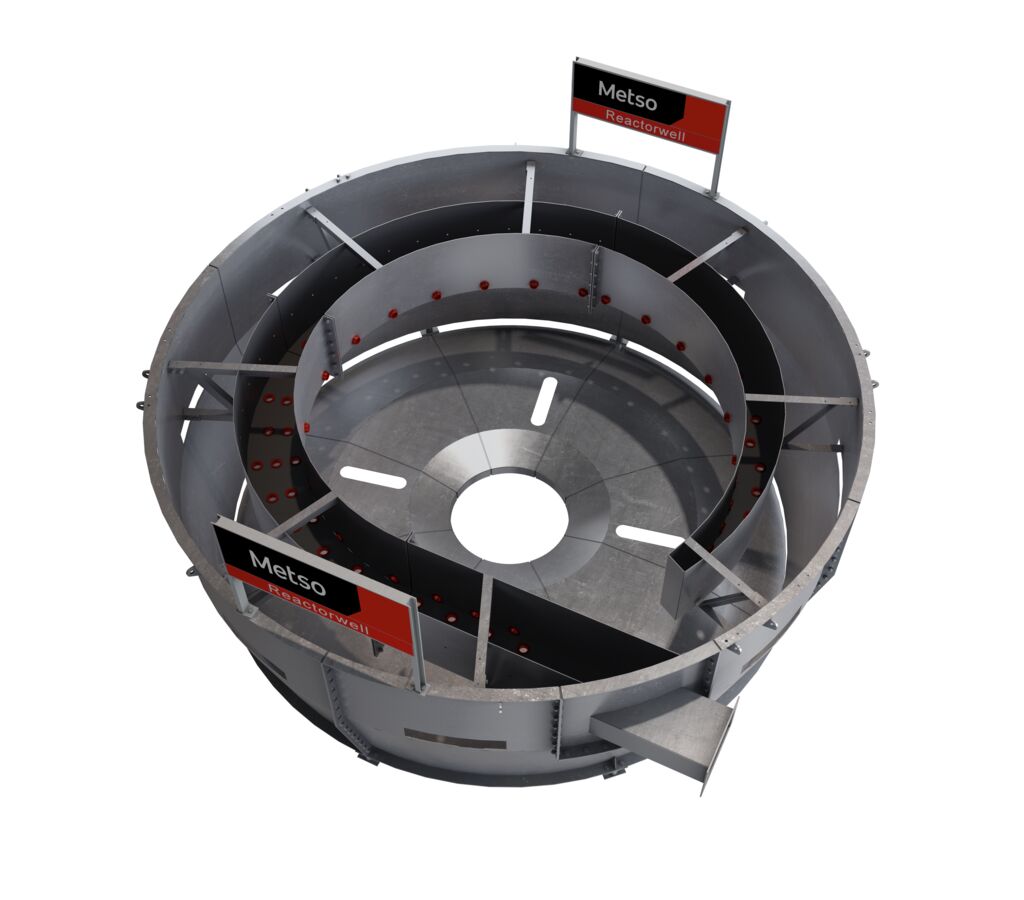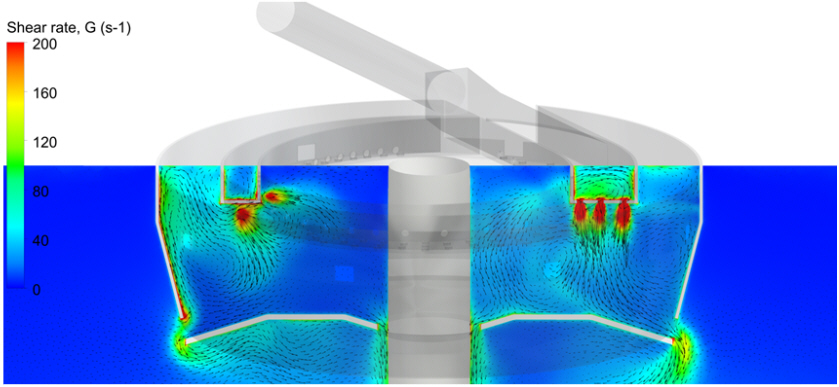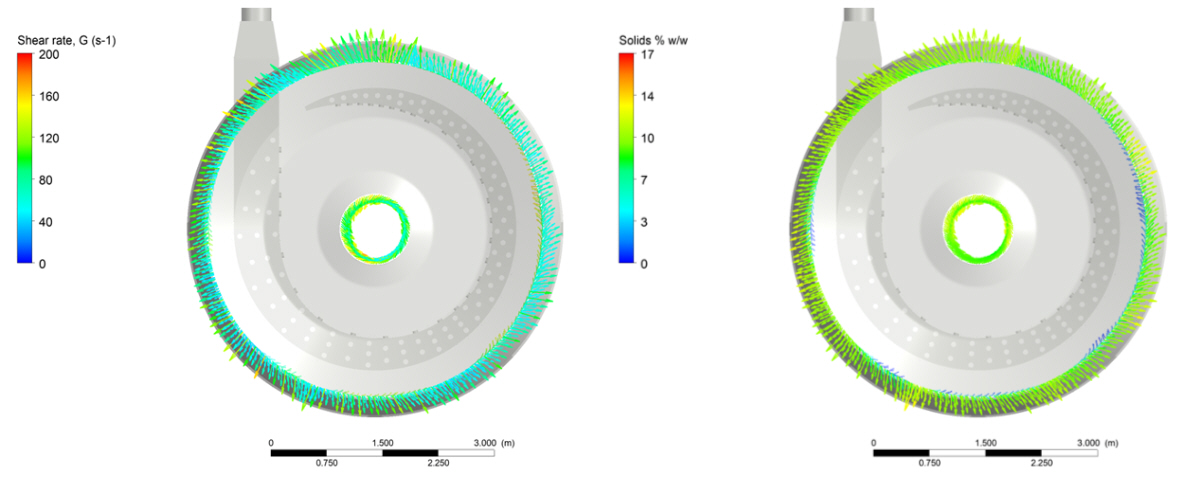A holistic approach to thickener upgrades: Beyond the basics
Looking beyond 'flange to flange' thickener scope
Achieving a successful thickener upgrade often requires a holistic approach that goes beyond the typical 'flange to flange' battery limits. By considering the entire process, including upstream factors, we can ensure a successful upgrade project that delivers optimal performance and efficiency.
Case study example
In a case study, the scope of the upgrade included a comprehensive plant hydraulics study that extended beyond the thickener feed battery limit. This study revealed a significant issue: a steep fall in feed pipework created a turbulent, high-energy launder flow stream with a velocity of approximately 5.5 m/s.
Identifying the problem
This turbulent flow caused significant froth and excess shear energy in the existing feedwell, leading to sub-optimal underflow density and poor overflow clarity.
Implementing a customized solution
To address these issues, a customized solution was implemented. A large external feed tank was designed with features aimed at substantial froth reduction and minimized wear. This approach ensured a more stable and efficient thickening process, resulting in improved underflow density and overflow clarity.
By adopting a holistic approach to thickener upgrades, we can identify and address underlying issues, leading to more effective and sustainable solutions.
Advancements in thickener feed system technology
The thickener feedwell, often referred to as the "heart of thickener performance," is a critical component that performs multiple essential functions:
- Conditioning incoming feed slurry: Achieving optimal conditions for effective flocculation.
- Controlling kinetic energy: Ensuring sufficient mixing of feed slurry with dilution liquor and reagents while maintaining a low shear environment for ideal floccule growth.
- Solids hold up and retention: Preventing short-circuiting of flocculated material and achieving controlled flow of dilution liquor.
- Even discharge: Utilizing the full area of the thickener body.
These functions must work in harmony to maximize performance and optimize flocculant consumption across various feed conditions. Over time, significant design improvements have enabled leaps forward in performance compared to earlier designs. Modern techniques, such as Computational Fluid Dynamics (CFD) modeling, in combination with real-world prototyping and validation, have played a crucial role in the technological advancements resulting in Metso’s first-class Reactorwell™ upgrade.




